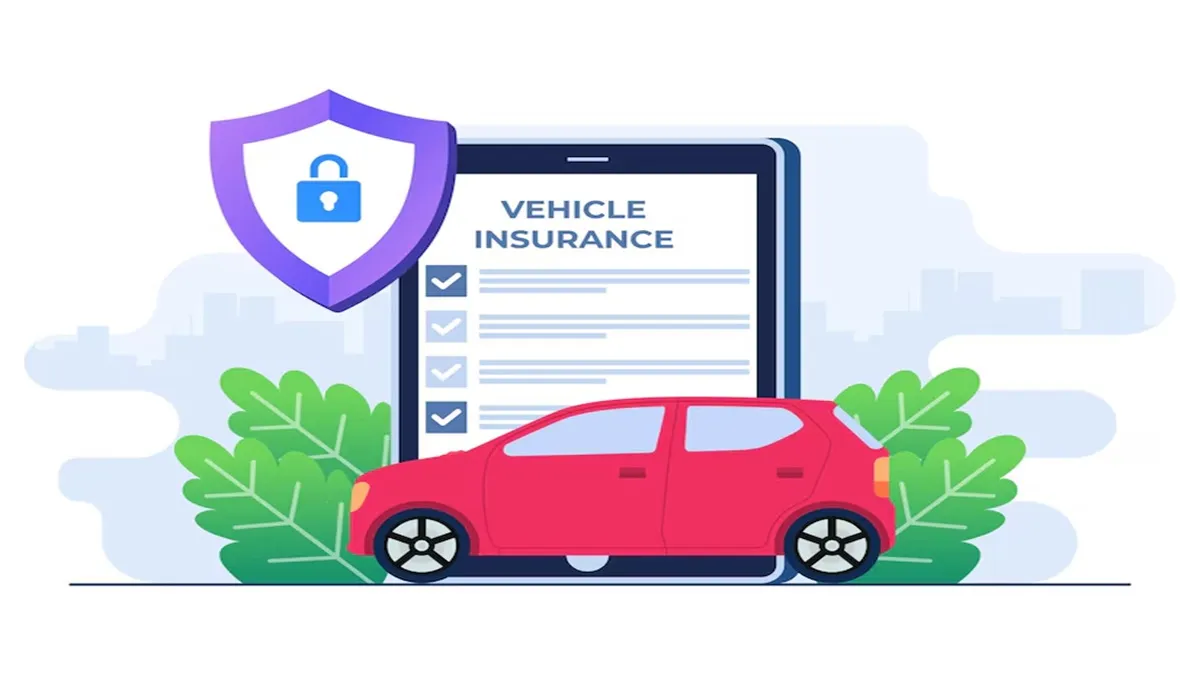Motor insurance is mandated by law in every country around the world because of the very fact that you are plying a motorized vehicle on the public road endangering other road users due to probable accidents which may result in damage to properties & accidental injury, be it other users or pedestrians.
Imagine cruising down the road with complete peace of mind knowing you’re protected no matter what happens. That’s what motor insurance is all about! It’s a contract between you and an insurance company that shields you from financial losses if you’re in an accident.
Motor Insurance ensures financial protection for individuals and property affected by accidents involving motor vehicles. It helps cover property damage, and liability costs subject to the terms & conditions of the policy, thereby promoting safety and financial security on the roads. Additionally, mandatory motor insurance helps uphold accountability and compliance with legal standards, ensuring fair compensation for victims of accidents.
Types of Vehicles Covered by Motor Insurance;
- Motor insurance isn’t one-size-fits-all. It covers a wide range of vehicles, making sure every driver can feel secure:
- Private Vehicles: Your personal car, used for daily commutes, weekend getaways, and everything in between.
- Commercial Vehicles: Workhorses like taxis, buses, and trucks that keep businesses moving men & materials and used for commercial purposes.
- Two-Wheelers: Motorcycles and scooters for those who love the wind in their hair.
- Miscellaneous Vehicles: Unique vehicles that don’t fit into the usual categories, such as farm tractors, excavators & road rollers etc.
Factors Influencing the Premium Amount;
Several factors determine how much you’ll pay for your motor comprehensive insurance:
Car Details:
Make and Model: High-end cars usually have higher premiums
Engine and Cubic Capacity or Horsepower:
Engine capacity or Horsepower Matters: A larger engine (higher cc/horsepower) means higher capacity, higher value and calling for higher premium.
Age of the Vehicle:
Old vs. New: Older cars generally have lower premiums, but they might be more prone to breakdowns thus premium will be affected.
Insured Declared Value (IDV):
Market Value: The higher the IDV, the higher will be your premium.
